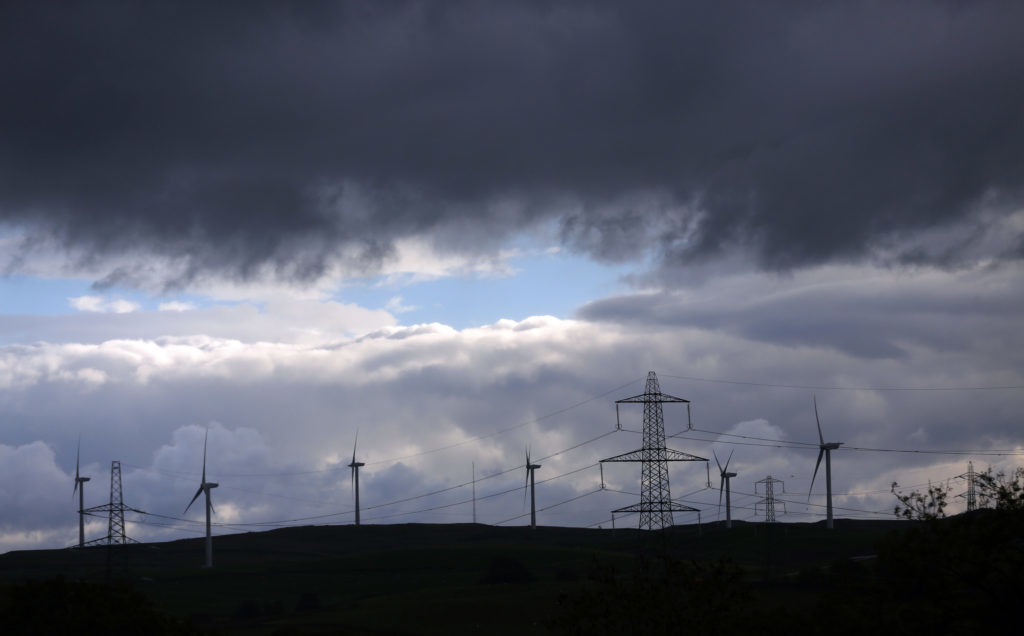
Britain’s electricity system will be able to operate with 100% clean power by 2025, the company responsible for balancing the grid said.
The announcement by National Grid Electricity System Operator (ESO), which balances the system and ensures sufficient power supplies are available, comes as renewables make up an increasing share of electricity generation.
The changing face of the grid in 2018 saw wind generation exceed 15 gigawatts for the first time- the equivalent output to more than four of the new Hinkley Power nuclear power stations – and no coal for 72 hours straight.
ESO said its ambition is to transform the operation of the electricity system by 2025 so it can be operated “safely and securely at zero carbon” when there is sufficient renewable power online and available to meet demand.
Concerns have been raised about the amount of renewable power that can be integrated onto the national grid system.
Recent Government figures showed a record 33% of power came from renewables such as wind, biomass and solar in 2018, while low carbon power overall – which also includes nuclear energy – made up 53% of the mix.
ESO said there would soon be times when the market could meet the total demand for electricity through renewable generation alone, and they would increase as more green energy is built and connected.
Fintan Slye, director of ESO, said the move would require fundamental changes to how the system is designed to operate, incorporating offshore wind farms, household solar panels and more management of demand.
The company will identify systems, services and products that it will need and design a competitive marketplace to deliver them, he said.
He added: “The new products and services we will introduce will help reduce the overall cost of operating the system, driving down costs for consumers.
And he said: “Operating a zero carbon electricity system in 2025, whenever there is sufficient renewable generation, is a major stepping stone to full decarbonisation of the entire electricity system.
“This will enable new technologies and removes barriers to ever increasing levels of renewables.”
Recommended for you
